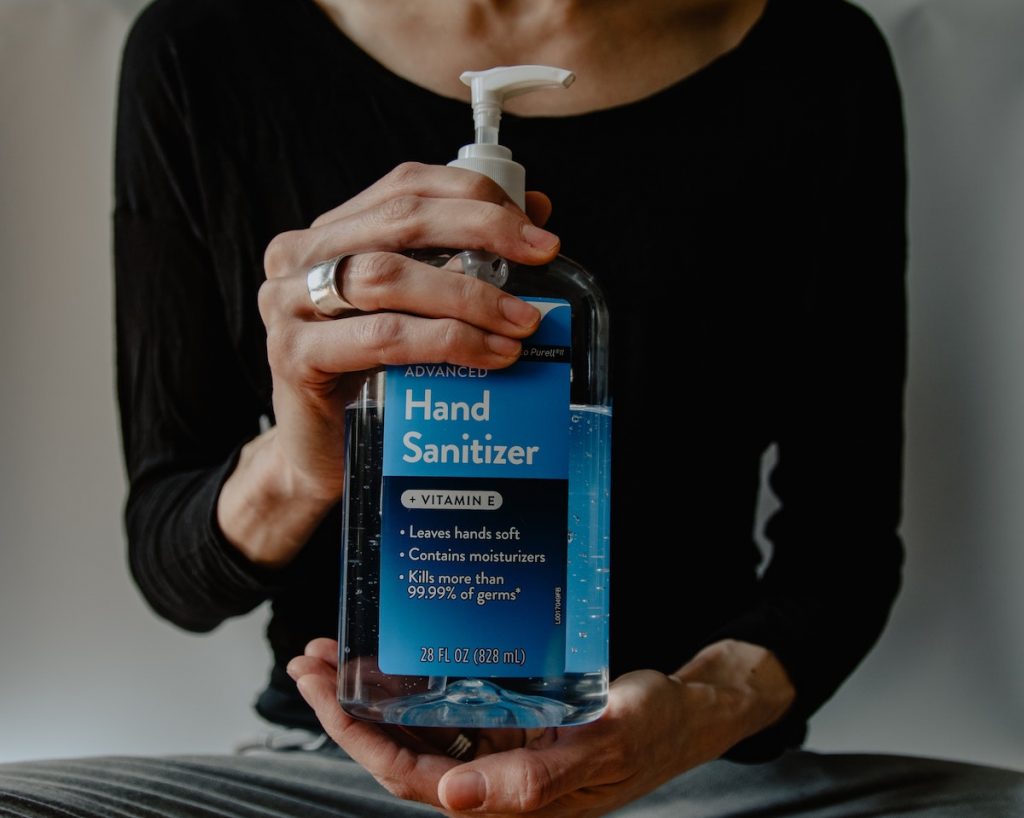Wildfires in Australia. Impeachment of the POTUS. Brexit. A few short months ago it seemed that these events would ultimately define 2020. Then along came the virus.
Quick Links
COVID-19 continues to claim not only lives but also livelihoods in the form of lost business on an unprecedented scale. Travel, tourism, and hospitality industries have seen their revenues evaporate overnight, but with over 30 million Americans filing for unemployment benefits since mid-March, it’s become clear that very few industries will be shielded from the economic slowdown.
So what are businesses to do in these trying times? For most brands, low consumer confidence will negatively impact sales for the foreseeable future. This makes now the ideal time to build a strong foundation for business growth in the post-pandemic economic recovery. As any marketer worth their salt will tell you, a key element of this foundation is brand awareness. In this article, we’ll outline four practical ways to increase brand awareness during the COVID-19 crisis which can help you weather the current storm and set your brand up for future growth.
1 Adapt your content strategy to your customers’ COVID-19 circumstances
What made your brand relevant to consumers’ pre-pandemic lives isn’t necessarily what will speak to them in their present socially-isolated, socially-starved circumstances. For many brands, now is the time to start singing a different tune in their content. For example, software companies such as TimeDoctor and DropBox have reoriented their content towards advice on remote working, ultimately showing how their product could be applied to a situation their customers have been grappling with. Similarly, with air (or any other) travel off the cards for a while, travel companies such as KAYAK are producing content about shorter-haul road trips and dealing with airline cancellations, while AirBnB has focussed on home improvements and renovations hosts can make during the current lull in bookings. The key is not to keep going on as usual but to keep your brand relevant to current pain points, thereby increasing awareness of your brand to people seeking advice on their more immediate, pressing concerns.
2 Position your brand as a long-term investment
Social distancing has given people ample (if not excessive) time for isolated self-reflection. For many, this has sparked the urge to make some post-pandemic resolutions. This makes now an ideal time to pitch your brand as a long-term investment for customers experiencing mid-pandemic crises. Self-help and home-fitness oriented businesses have surged in recent months. For example, subscriptions to fitness apps in India increased by 40% during the nation’s lockdown. However, these short-term gains could evaporate as the crisis fades unless these brands seize the present moment to articulate their long-term value to their captive audiences. Fitness apps like Freeletics have taken the opportunity to pitch its brand as a one-stop solution for health which advises its users on diet and nutrition alongside its core offering.
3 Keep costs low (and brand engagement high) by using social media
Cost-cutting is an unavoidable reality facing businesses in anticipation of a prolonged recession. Brand marketing and MVP costs will undoubtedly come under the microscope for many businesses. The good news is that you can make cuts in this area without sacrificing too much by focussing on one medium in particular: social media. Facebook, LinkedIn, Instagram, and co. are a low-cost way to speak directly to your customers who are more active on these platforms now than ever. Brands should be engaging actively with your audience to maintain or even increase brand awareness. Additionally, there are opportunities now to produce creative campaigns for some viral (no pun intended) traction, for example by live streaming events on social media. For example, fashion brands like Ermenegildo Zegna have turned to social media to stream runway shows in hopes of keeping their customers engaged. The best aspect of this strategy: it’s almost completely free to distribute!
4 Don’t push for sales
In times of economic uncertainty, the urge to reduce spending is felt by businesses and consumers alike. As such, it’s not an ideal time for brands to overtly push for sales conversions. To customers, doing so can come across as naive at best and insensitive at worst, with the potential to permanently damage your brand perception. A better strategy is to show sympathy for the plight of your customers and to give free (or heavily discounted) access to your product, which can increase build relationships with your future paying customers and – as a more immediate payoff – can generate lots of positive exposure in the press, thereby increasing brand awareness. Headspace, for example, is offering free subscriptions to their mediation app to essential workers. Similarly, Nikon released its whole suite of photography classes free of charge.
There you have it. While it will be difficult to avoid the adverse effects of the pandemic altogether, the current crisis also offers opportunities to increase brand awareness and keep your brand at the forefront of your customers’ minds. By adapting or re-orienting your brand marketing strategy in the ways described above, you can minimize the crisis’s negative impact on your business.

